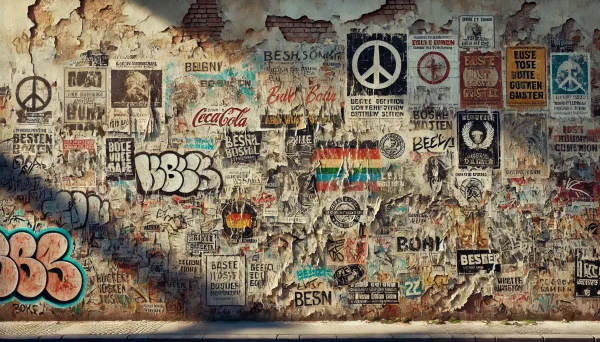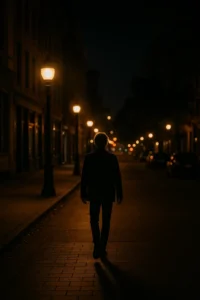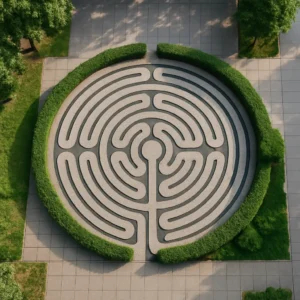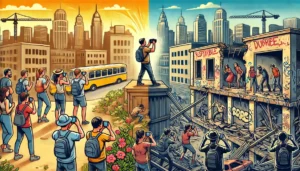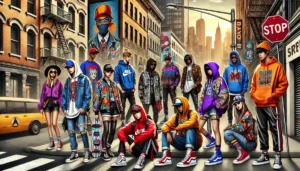Graffiti is often dismissed as mere vandalism or visual clutter, but beneath the layers of paint lies a powerful form of urban storytelling. In cities around the world, old graffiti on forgotten walls tells stories of rebellion, heartbreak, resistance, hope, and identity. These markings are the silent voices of people who once stood before a wall and left a trace of their moment in time.
The Voice of the Voiceless
Before social media or smartphones, walls were among the few public platforms where people could express themselves anonymously and directly. Messages sprayed across bricks and concrete captured the emotions of a generation. Political slogans, love declarations, cries for justice—each one gives us a glimpse into the mind of someone who may have felt invisible in society.
In authoritarian regimes, graffiti has often served as a form of protest. In democratic cities, it reflects cultural identity and personal struggle. Either way, it gives voice to those who often remain unheard.
Layers of Time on Urban Canvases
Old graffiti has a way of layering itself—like sediment in a riverbed. New tags appear over faded murals. Messages from decades ago peek through chipped paint. Each layer adds complexity to the story, turning a single wall into a living archive of expression.
In cities like Berlin, walls from the Cold War era still bear graffiti that speaks of division and unity. In Buenos Aires, messages from Argentina’s dictatorship era still echo in phrases stenciled on stone. These layers become historical records—not written by scholars, but by everyday people with a can of paint.
Symbols, Codes, and Street Languages
Graffiti often uses symbols, slang, and visual codes understood only by specific communities. A single tag might represent a local crew, a cultural movement, or even a protest disguised as art. Understanding these codes requires more than translation—it requires cultural insight.
In marginalized neighborhoods, graffiti becomes a form of local journalism. It reports what mainstream media ignores. It celebrates cultural pride. It mourns lives lost to violence or injustice. Every line sprayed on a wall might hold a secret, a warning, or a message of unity.
Art in Decay
Even as it fades, old graffiti maintains a raw, artistic quality that is deeply human. The smudges, the cracks, the weathered lines—they’re not flaws. They’re proof that someone stood in that spot, under pressure, often in secret, and made a mark that outlived the moment.
Some cities, like São Paulo or New York, have begun to treat graffiti-covered walls as cultural heritage. In some cases, entire buildings have been preserved because of what’s painted on them. These aren’t just walls—they’re testimonies.
Urban Archaeology Through Graffiti
Urban explorers and street art researchers often treat graffiti like archaeological finds. They document it, photograph it, even map it. They analyze changes in style, language, and content over the years. Just like ancient carvings in caves, graffiti gives us clues about what people felt, feared, or hoped for in a given era.
The key difference? Graffiti is modern. It’s raw. And it often disappears just as quickly as it appears—washed off, painted over, or knocked down along with the wall itself.
The Emotion of the Wall
When you stand in front of old graffiti, you can often feel the energy behind it. It’s more than paint—it’s a heartbeat. It’s someone saying, “I was here,” even if the world never noticed. And in that moment, you’re not just looking at a wall—you’re reading a story.
Sometimes it’s a poem in spray paint. Sometimes it’s a crude sketch of a lost friend. Sometimes it’s a shout into the void. And sometimes it’s a quiet message, waiting for someone—anyone—to stop, notice, and remember.
These city walls are not blank slates. They are memory keepers, storytellers, and mirrors of urban soul.

